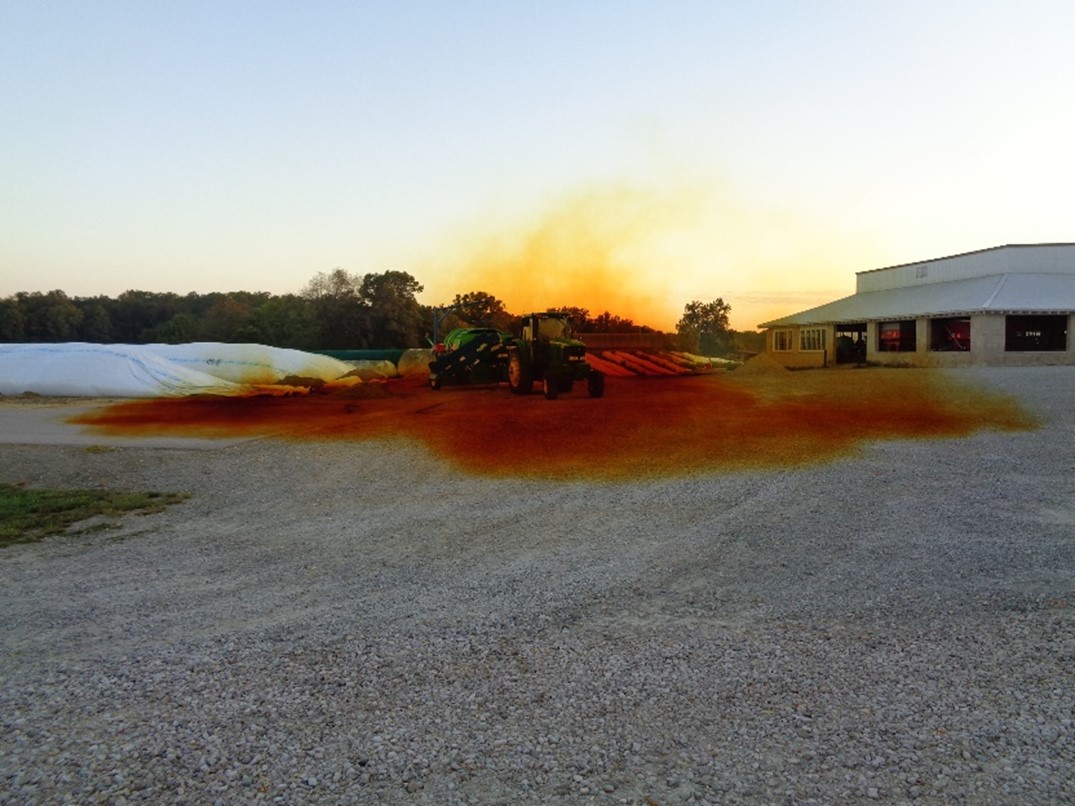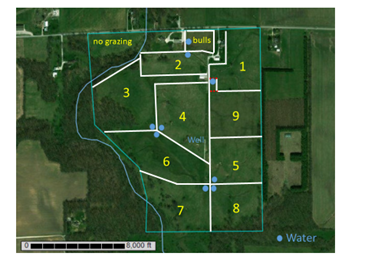
Among a number of corny oddities that appear from time to time is one that falls into the “kernel disorder” category.

Among a number of corny oddities that appear from time to time is one that falls into the “kernel disorder” category.

There is much that can be done for the wellbeing of forages in the late summer.

In a month, some livestock producers will be chopping whole-plant corn that will be placed in an anaerobic environment so fermentation can occur.

I was asked to come to a field in early April many years ago by a young producer. The producer and the seedsman that sold the alfalfa to the producer met me at the field.

To reach full potential of the forage part of the business, Mother Nature must comply with provision of excellent growing conditions, but the manager (you) must be part of a successful team with Mother Nature and professionals, too.

Many professions requiring investing in tools specific to their trade to be successful.

What does the word “stockpile” mean to you? Our understanding of the meaning is to “store away for future use.”

Indiana planting pace in 2023 was one of the fastest on record, which lined up with drought years as well as yield-breaking years. For most of our fields, soybean development in the month of June was summarized in one word – stagnant. Well, at least the aboveground growth seemed to stall out with the dry conditions. Fortunately, these soybeans were rooting down deep rather than expending energy into aboveground growth. If we have our choice of dry June or dry August, we will choose a dry June every time (assuming the roots have some access to moisture). The combination of timely planted soybean with good stand establishment and a dry June sets us up for a nice compact plant. We would rather have a compact plant that has good trifoliate node development and reproductive branches so the water use and photosynthetic efficiencies are optimized during pod development (July-August) and seed[Read More…]

I hope you take more time evaluating what forage species and variety of that species should be purchased than the time taken to buy a vegetable at the grocery store.
In recent years, Indiana has experienced an increase in air quality concerns during the summer due to elevated incidence and severity of wildfires in Canada and the western U.S.
© 2024 Purdue University | An equal access/equal opportunity university | Copyright Complaints | Maintained by Pest&Crop newsletter
If you have trouble accessing this page because of a disability, please contact Pest&Crop newsletter at luck@purdue.edu.